What They Are, How They Work, and Why They Matter
Hydraulic couplers play a critical role in modern snow removal equipment. While they’re often overlooked compared to the plow or pusher itself, hydraulic couplers are the small yet essential components that allow power to flow between your machine and your attachment. Whether you’re running a skid steer, tractor, wheel loader, or telehandler, these couplers determine how easily and reliably you can connect and disconnect your plow’s hydraulic system.
This article explains what hydraulic couplers are, the different types available, how hydraulic line pressure affects them, and how they differ from quick attach systems or quick hitches.
What Are Hydraulic Couplers?
A hydraulic coupler—also known as a hydraulic quick coupler, quick connect, or quick disconnect fitting—is a mechanical connector that joins two hydraulic lines, allowing pressurized fluid to flow between the power source (your machine’s hydraulic system) and the attachment (such as a snow plow or snow pusher).
These couplers are typically installed at the end of hydraulic hoses or hard lines and are designed to connect and disconnect quickly without tools. When coupled, they create a sealed pathway for hydraulic oil to move under high pressure, powering cylinders that control blade angling, wings, or other hydraulic functions.
Hydraulic couplers are used across many industries—construction, agriculture, and forestry—but in snow removal, they’re especially valuable because operators frequently change attachments depending on the job or conditions.
Why Hydraulic Couplers Matter for Snow Plows
In snow removal applications, hydraulic couplers allow operators to quickly connect or disconnect plows, pushers, and other hydraulic attachments without needing to drain lines or bleed the system.
For example, a snow plow like the KAGE SnowFire or SnowStorm uses hydraulics to control angling and wing movement. The machine’s hydraulic system provides the pressure and flow, and the couplers connect those hydraulic circuits to the attachment.
Without properly functioning couplers, operators can face:
-
Leaks or drips, leading to lost hydraulic fluid and environmental hazards.
-
Difficulty connecting hoses under pressure, especially in freezing weather.
-
Reduced efficiency, if the coupler restricts flow and slows down hydraulic response.
In short, the couplers are the gateway between your machine and your attachment’s power system. A poor connection can cost valuable time during storms or damage equipment.
Different Types of Hydraulic Quick Couplers
Hydraulic couplers come in a few main types, each with their own advantages and use cases. Understanding the differences helps ensure the best match for your snow removal setup.
1. Poppet-Style (Ball or Check Valve) Couplers
These are among the most common types used in snow plows and general construction equipment. When connected, a poppet or check valve inside each half of the coupler opens to allow oil to flow. When disconnected, the valve closes automatically to prevent fluid loss.
Pros:
-
Simple, durable design
-
Reliable sealing
-
Minimizes fluid loss during disconnection
Cons:
-
Can be difficult to connect if there’s residual pressure in the line
-
Slightly more flow restriction than flat-face designs
2. Flat-Face (ISO 16028) Couplers
Flat-face couplers are popular for skid steers and other modern hydraulic equipment. As the name suggests, the mating faces are flat, reducing trapped air and minimizing oil spillage when connecting or disconnecting.
Pros:
-
Easy to clean—great for winter conditions where dirt or ice are common
-
Very low fluid loss during disconnection
-
Reduced risk of contamination entering the hydraulic system
Cons:
-
Can still be difficult to connect under high residual pressure unless designed with a pressure-relief feature
-
Slightly higher cost
3. Push-to-Connect or Pressure-Relief Couplers
Some couplers are designed specifically to connect even when one or both sides are under pressure. These may feature built-in pressure relief valves that allow a small amount of fluid to bypass, easing the connection process.
Pros:
-
Connect easily under pressure
-
Ideal for cold weather, where hydraulic oil can expand or contract
-
Reduces operator frustration and downtime
Cons:
-
More complex and expensive
-
Slightly higher potential for minor leaks if worn
How Hydraulic Pressure Affects Coupling and Uncoupling
One of the biggest challenges with hydraulic couplers—especially in winter—is residual hydraulic pressure in the lines.
When you shut off your loader or disconnect an attachment, the hydraulic system can trap pressure in one or both lines. This happens because hydraulic fluid expands and contracts with temperature changes. On a cold morning, the system may have been disconnected under low pressure, but once the machine warms up or the sun hits the attachment, that trapped oil expands and raises internal pressure.
When pressure is trapped, connecting the couplers can feel nearly impossible—you push, but the fittings won’t seat together. Forcing them can damage the seals or even crack the coupler body.
Solutions include:
-
Using flat-face couplers with pressure-relief valves, which vent small amounts of trapped oil during connection.
-
Relieving pressure manually before attempting to connect (by slightly cracking a fitting or pressing the coupler ball with a rag).
-
Ensuring both machine and attachment hydraulics are depressurized before connecting or disconnecting.
Proper maintenance, such as keeping couplers clean and capped when not in use, also helps prevent debris from worsening connection issues.
Hydraulic Couplers vs. Quick Attach Systems (Quick Hitches)
It’s important to distinguish hydraulic couplers from quick attach systems, sometimes referred to as quick hitches, quick attach lugging and also sometimes quick couplers (Confusing, I know). While they both may use hydraulic power, they serve very different purposes.
-
Hydraulic Couplers:
Connect hydraulic hoses to transfer pressurized fluid and power. Their function is to enable hydraulic motion or control (such as angling or lifting). -
Quick Attach Systems or Quick Hitches:
Mechanically connect the attachment itself—like a snow plow, bucket, or grapple—to the machine’s loader arms. On skid steers, this is often the universal quick attach plate; on tractors and loaders, it could be a hydraulic quick hitch that locks pins in place.
Some quick attach systems are hydraulically powered, meaning a button or lever on the operator’s control panel actuates locking pins instead of manually inserting them. However, these systems connect the physical attachment, not the hydraulic circuit.
In short, hydraulic couplers transfer fluid power, while quick attach systems transfer mechanical power. They work together but serve distinct functions in the overall operation of your snow plow or attachment.
Final Thoughts
Hydraulic couplers might be small components, but they play a major role in keeping snow removal operations efficient and reliable. From powering angling cylinders to maintaining a clean, leak-free connection in frigid conditions, the right coupler can save time, prevent downtime, and extend the life of your equipment.
When choosing couplers for your snow plow or snow removal attachments:
-
Match the coupler type (flat-face, poppet, or pressure-relief) to your equipment and climate.
-
Keep couplers clean and capped when not in use.
-
Consider upgrading to pressure-relief flat-face designs for the easiest connections under pressure.
Understanding the differences between hydraulic couplers and hydraulic quick attach systems helps operators maintain their machines properly—and ensures that when the next storm hits, you can connect, plow, and get the job done without delay.

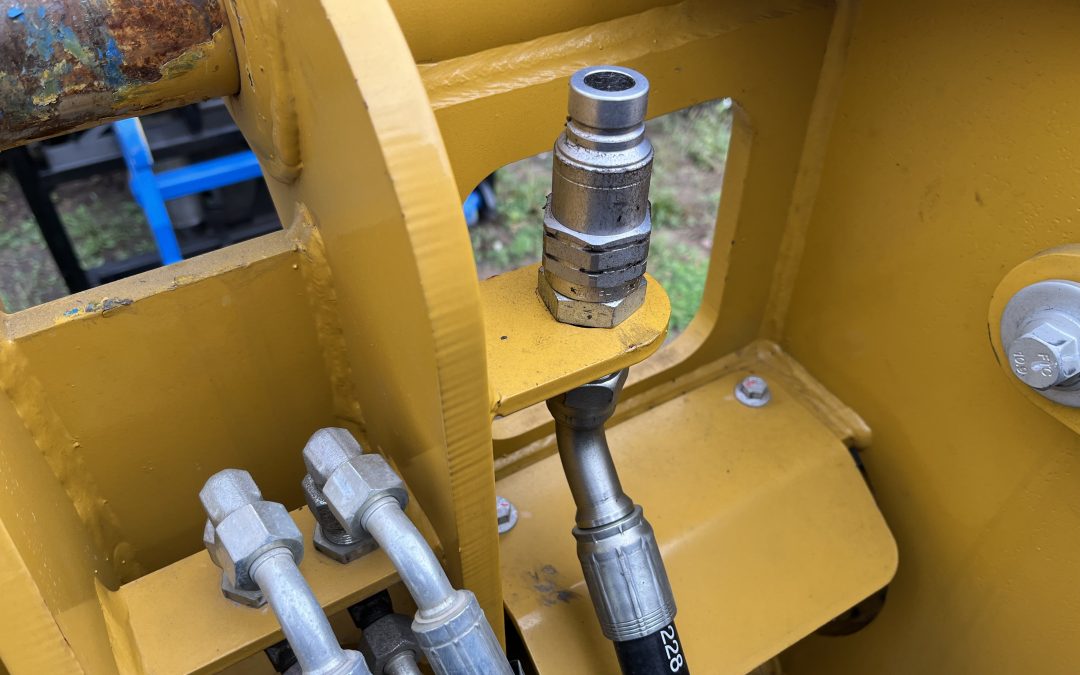
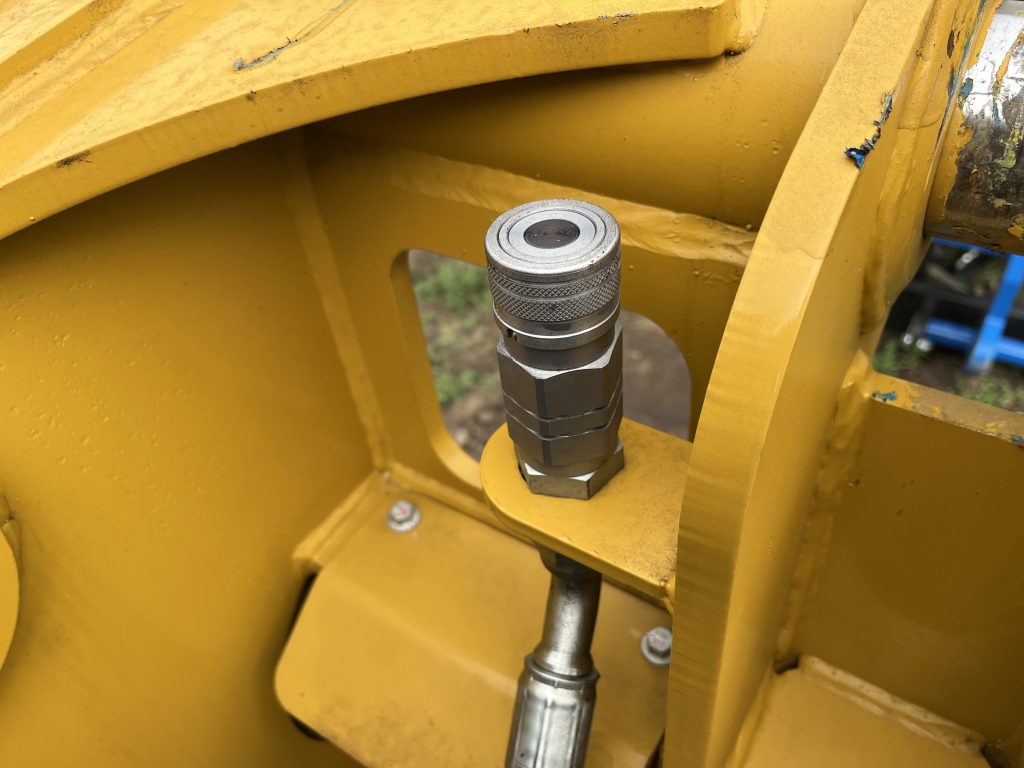
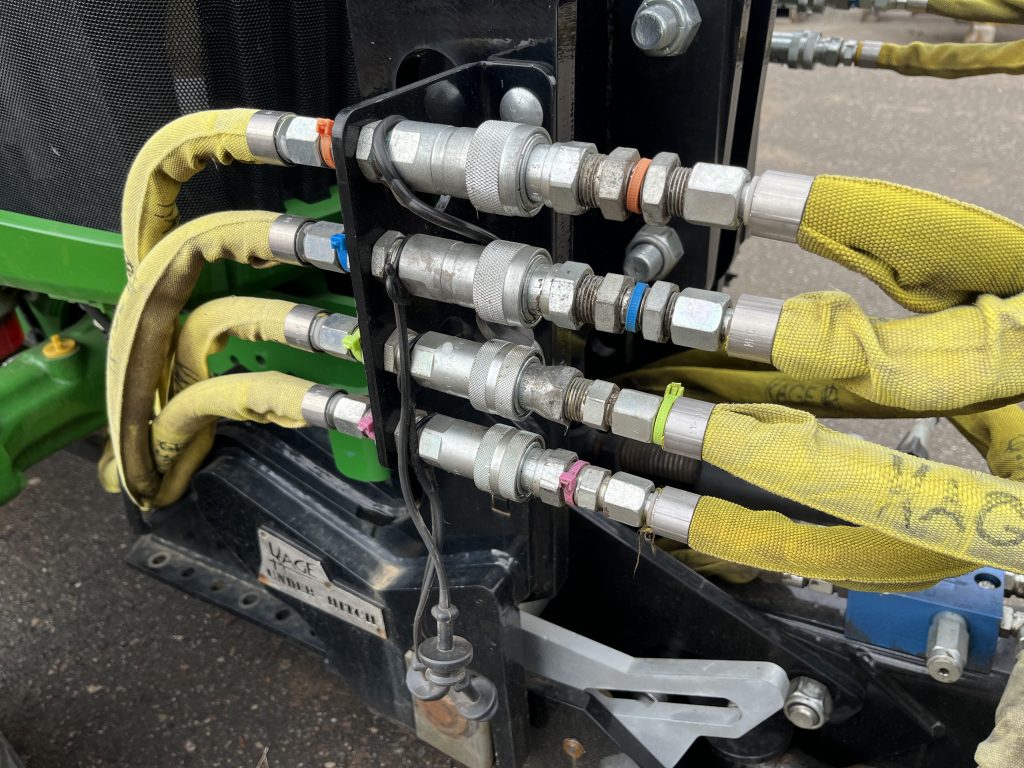
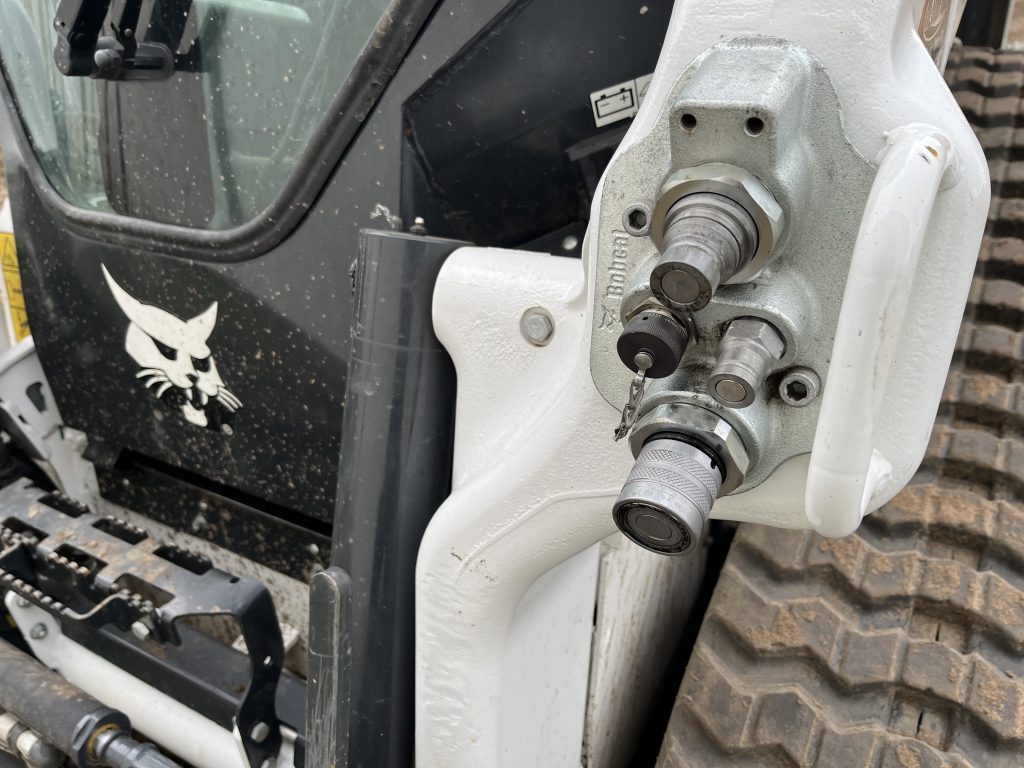
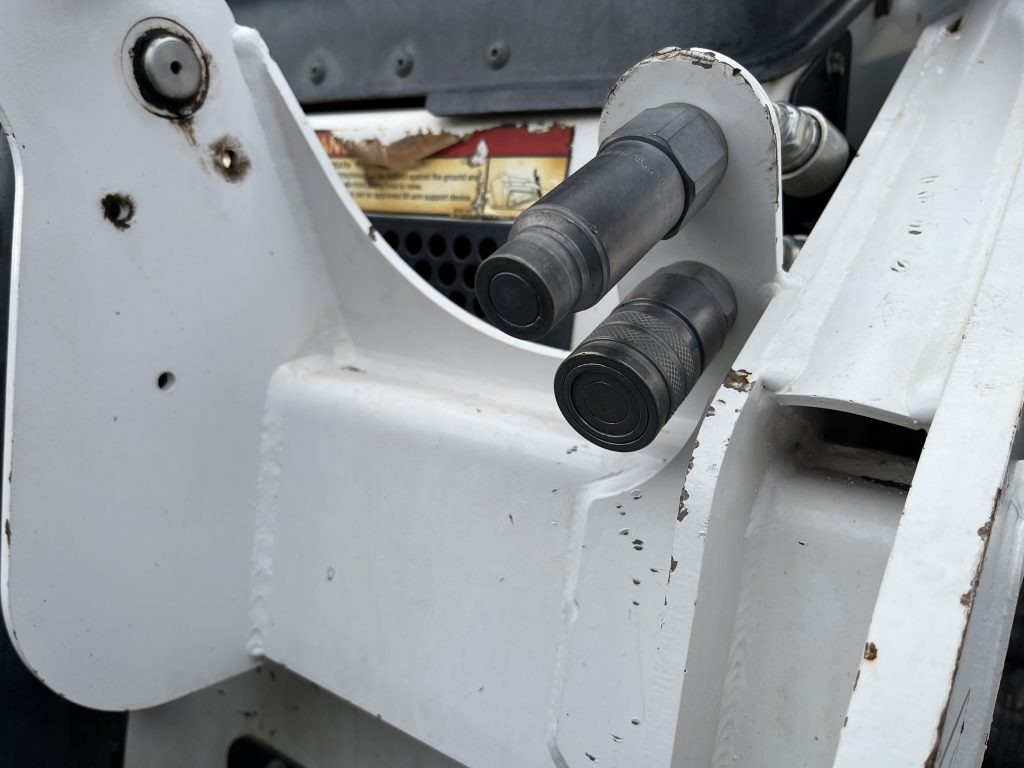
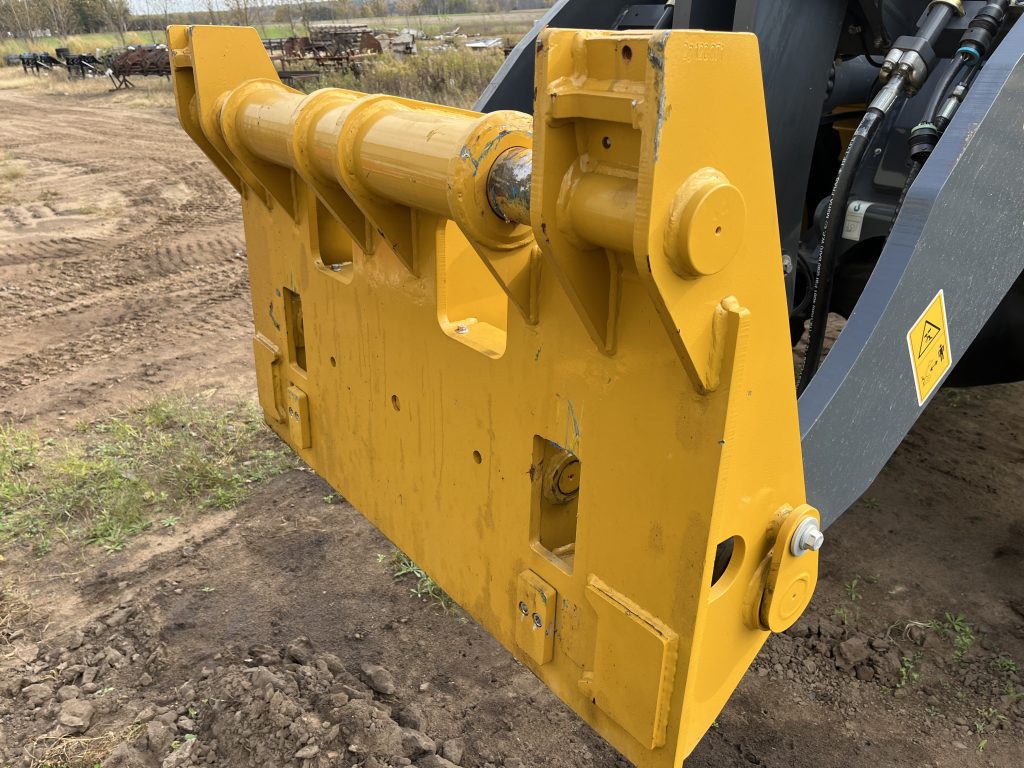
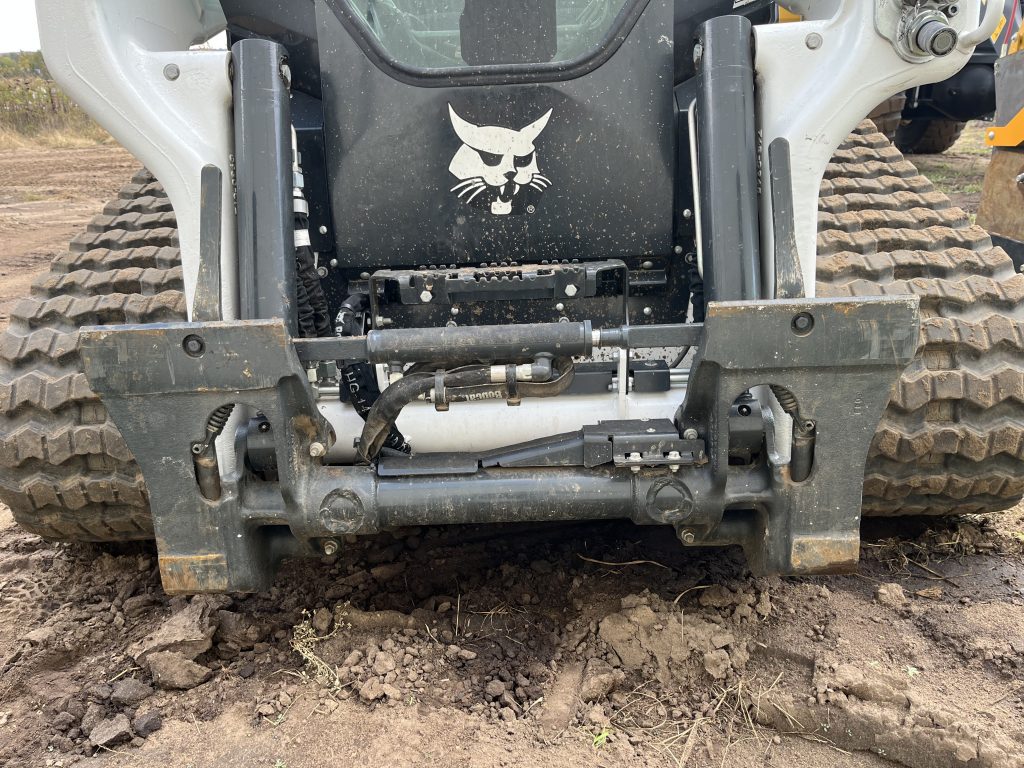
Recent Comments